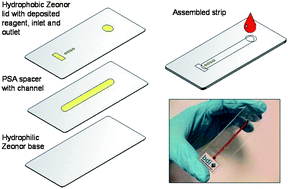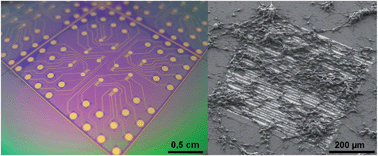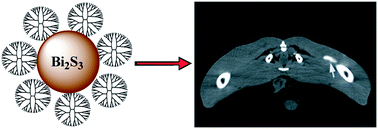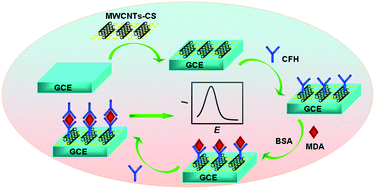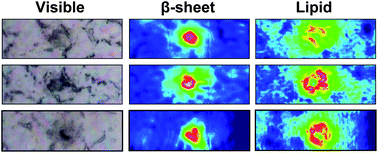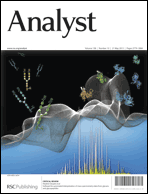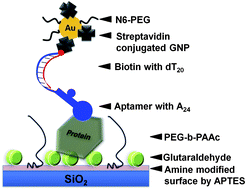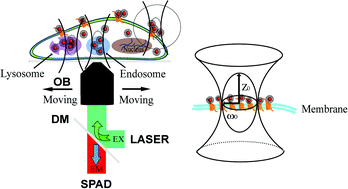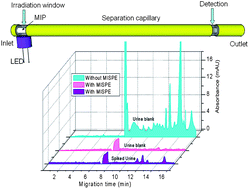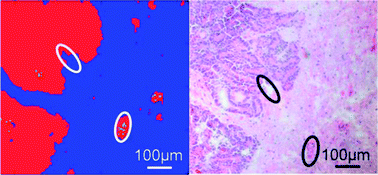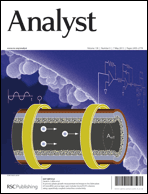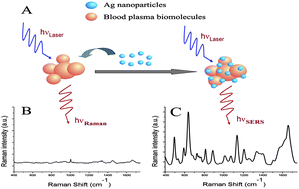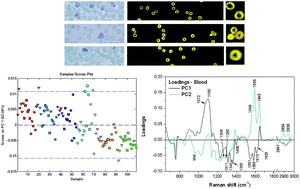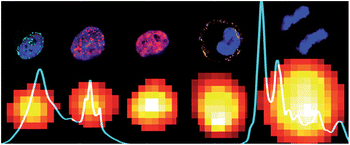
FTIR micro-spectral images to monitor cell division
Take a look at our New HOT Articles free to read until June 3rd. Click on the links below and discover all about the latest research published in Analyst:
Employing aqueous CdTe quantum dots with diversified surface functionalities to discriminate between heme (Fe(II)) and hemin (Fe(III))
Jishu Han, Ziwei Zhou, Xinyuan Bu, Shoujun Zhu, Hao Zhang, Haizhu Sun and Bai Yang
Analyst, 2013, Advance Article
DOI: 10.1039/C3AN00310H
A disposable electrochemical immunosensor for the determination of leptin in serum and breast milk
Irene Ojeda, María Moreno-Guzmán, Araceli González-Cortés, Paloma Yáñez-Sedeño and José M. Pingarrón
Analyst, 2013, Advance Article
DOI: 10.1039/C3AN00183K
Mepanipyrim haptens and antibodies with nanomolar affinity
Francesc Albert Esteve-Turrillas, Josep Vicent Mercader, Consuelo Agulló, Antonio Abad-Somovilla and Antonio Abad-Fuentes
Analyst, 2013, Advance Article
DOI: 10.1039/C3AN00228D
Exploring the spectroscopic differences of Caki-2 cells progressing through the cell cycle while proliferating in vitro
M. Jimenez-Hernandez, C. Hughes, P. Bassan, F. Ball, M. D. Brown, N. W. Clarke and P. Gardner
Analyst, 2013, Advance Article
DOI: 10.1039/C3AN00507K
A microfluidic anti-Factor Xa assay device for point of care monitoring of anticoagulation therapy
Leanne F. Harris, Paul Rainey, Vanessa Castro-López, James S. O’Donnell and Anthony J. Killard
Analyst, 2013, Advance Article
DOI: 10.1039/C3AN00401E


